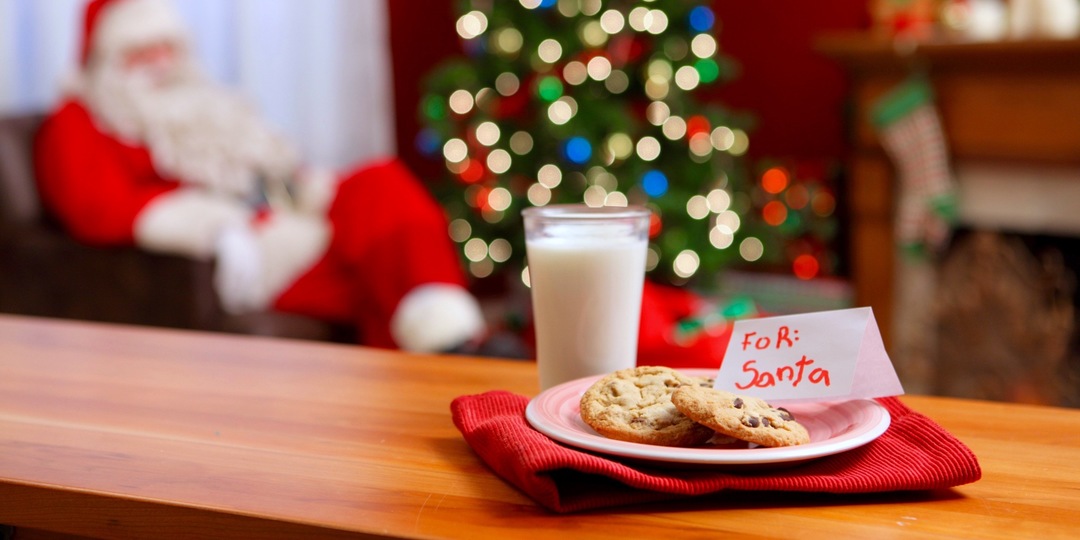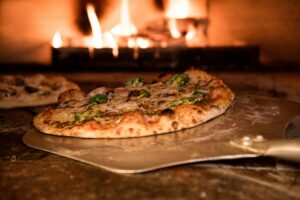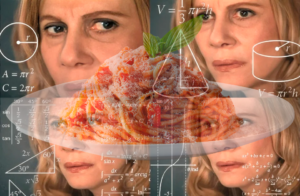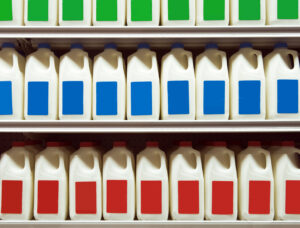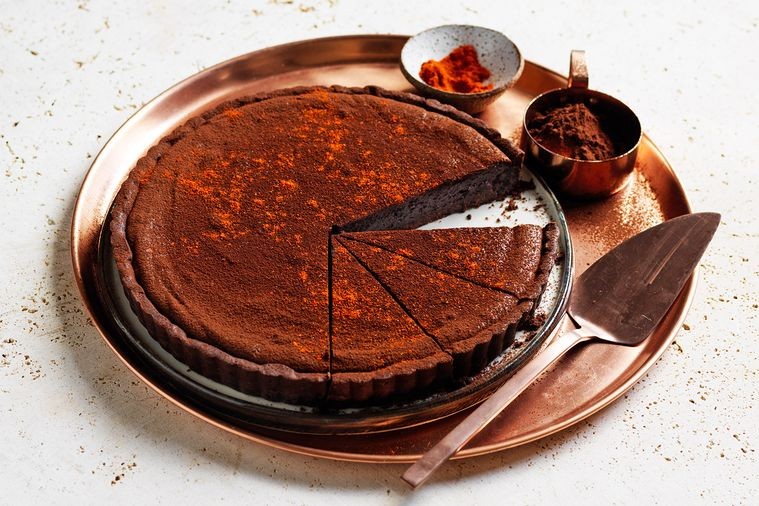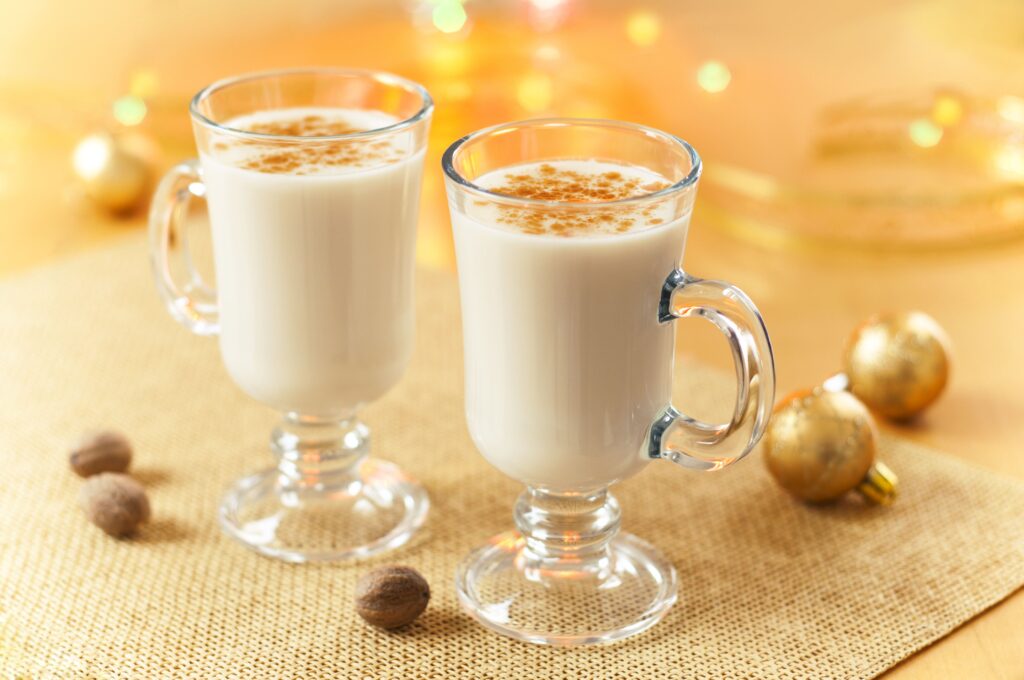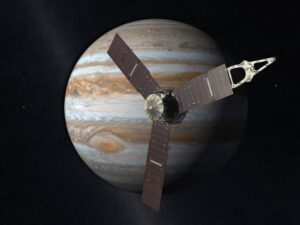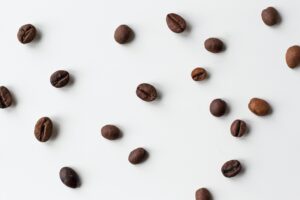Heated debates often flare in the festive season. Fuelled by the spirit of Christmas, controversial ideas can be flung flippantly across the table.
Every year, without fail, someone will always throw one particular topic up for a heated debate.
Exactly how many calories does Santa Claus consume on Christmas Eve?
The topic has been covered extensively in multiple publications of varying reputability. But none so far has nailed the intricate considerations of this very important, very real problem.
Until now.
A research paper published in the Central European Journal of Medicine sheds new light on Santa’s energy equation. What’s more, the implications of this paper aren’t limited to jolly men of questionable existence. It’s science that applies to you and me, and it could help us keep the Christmas bulge at bay.

STANDARDISING SANTA SCIENCE
The paper was written by researchers from the New York Medical College.
They argue that all past methods employed to estimate Santa’s immense calorie intake have varied wildly, and this inconsistency makes for bad science. So the first thing that the researchers set out to do with this article was to standardise an approach to calculating the number of calories Santa would eat on Christmas Eve.
Their suggested method is simple enough—use real data.
Using data on Christmas traditions from the Pew Research Centre and statistics on households and families from the United States Census Bureau, the researchers calculated that 36.1 million American households would be putting out milk and cookies for Saint Nick on Christmas Eve. If he were to eat the cookies (estimated at 140 calories per plate) and drink the small glass of milk (135 calories per glass) laid out for him at each house, he’d be consuming about 9.9 billion calories in just one evening (and that’s not even counting the beers offered by us Aussies).
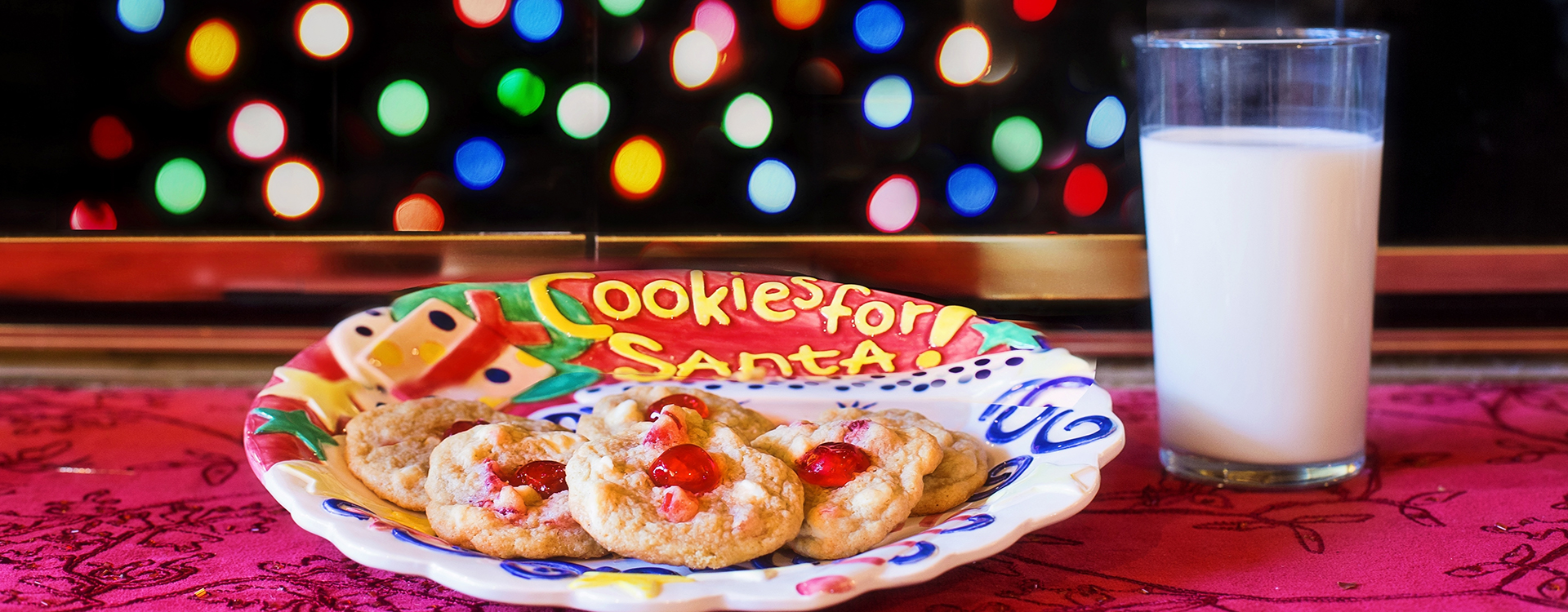
Now if we assume that Santa has the same metabolic demands of an active male 60-year-old, weighs 110kg, and stands at 1.8m tall, we can calculate his total energy expenditure to be 3301 calories a day. That’s the energy required by his body to just survive. That means his Christmas Eve binge around America puts him at a surplus of 9,899,996,699 calories.
No small potatoes. (In fact, a small baked potato may be a healthier choice for the big man, coming in at about 110 calories each, with the added benefits of being rich in vitamins C and B6. And, if eaten cold, they may help prevent colorectal cancer.)
THE LATEST IN CHRISTMAS CALORIE COUNTING
Not content to leave the Kris Kringle debate there, the researchers dug deeper in the second half of their paper.
They argue that, even if you can accurately account for calories in, that’s only one half of the holly jolly picture.
Maintaining a healthy weight (something Saint Nick has historically struggled with) is dependent on energy balance. Calories in and calories out.

And sure, some people have tried to account for the calories used by Santa in his mad dash around the globe. The paper at hand suggests he burns 54.2 million calories on Christmas Eve if all chimneys are assumed to be 4m high and his sack of gifts weighs in at 160kg. That still leaves him with several billion calories surplus.
But there’s one more element of the energy equation that the researchers argue has never been considered, and that’s the thermic effect of his Christmas Eve snacks.
THE THERMIC EFFECT OF FOOD
It’s no Christmas miracle that food can be transformed from a whole turkey dinner to a teeny tiny molecule that fuels your body. Chewing, digesting, absorbing and transporting nutrients around your body all requires energy. It actually uses up some of the calories we consume with each meal, and it’s what we refer to as the thermic effect of food.
(To be clear, the thermic effect of food is not a recent discovery. It’s just never been discussed in relation to this particular problem. I can’t imagine why not.)
The researchers in the current Santa study estimate that 10% of the 9.9 billion calories consumed as milk and cookies on Christmas Eve would be used to digest it all.
Now that still leaves Saint Nick with a few billion calories surplus. But what if we could be extra nice to the man in red this year and make the calorific load a little lighter?
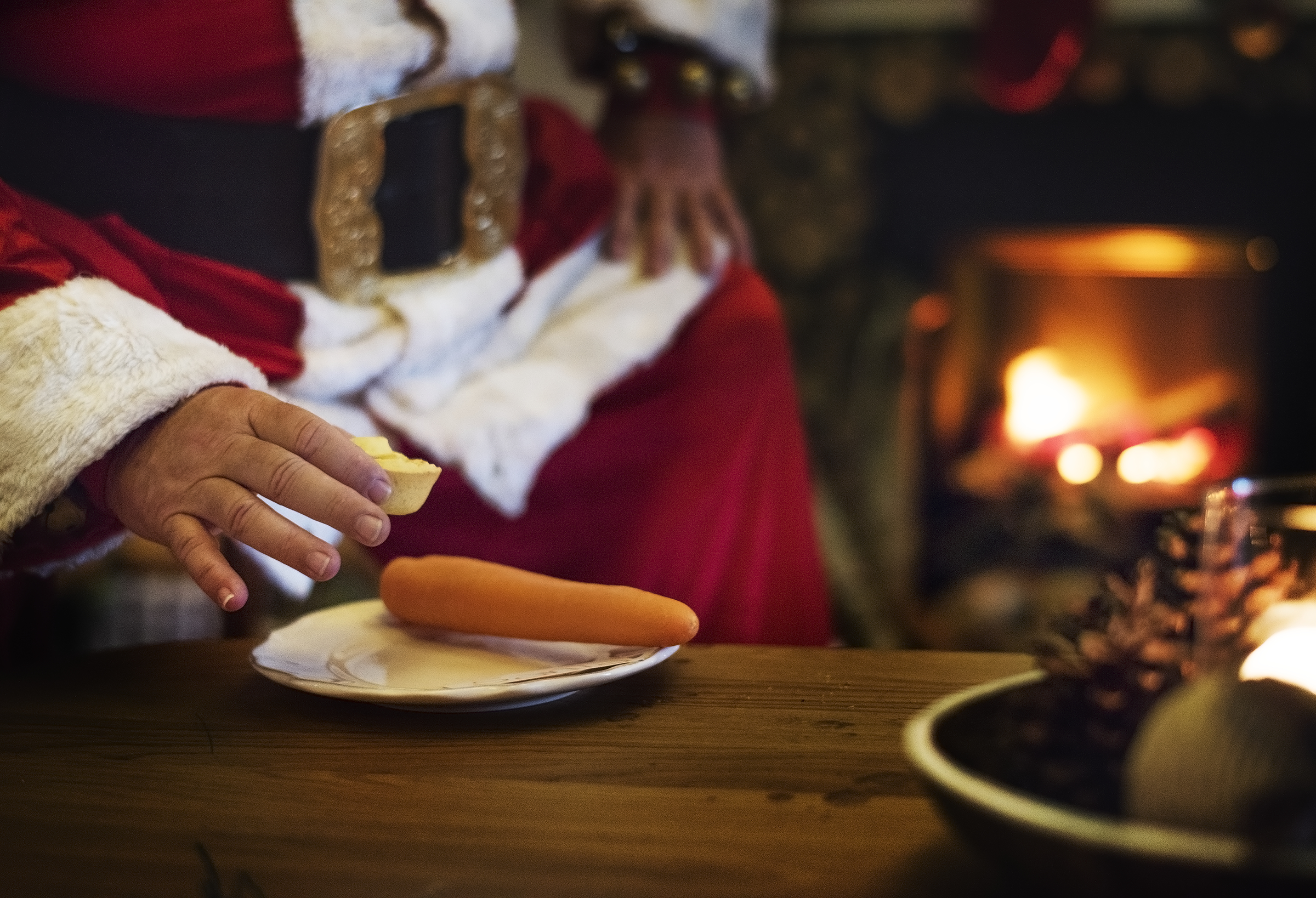
DREAMING OF A LIGHT CHRISTMAS
While carbohydrates and fats (the primary components of milk and cookies) use 10% of the calories consumed, foods that are high in protein require significantly more energy to digest—around 20 to 35% of the amount consumed.
So perhaps rather than a cookie or a mince pie, what about leaving Santa a high-protein Christmas bliss ball? Even if they contained the same number of calories as the cookies, Saint Nick would have to expend more energy to digest the bliss ball, leaving him with slightly fewer calories left over to store as belly fat.
Or if you can’t bear to stray from tradition, try wholemeal varieties of Christmas foods. It requires more energy for your body to process whole foods as opposed to their highly processed counterparts.
There’s some research that suggests spices such as chilli (or more specifically, the capsaicin found in peppers) can bump up the energy used to digest food. Maybe a cayenne-spiced eggnog? Or gifting some chilli chocolate?
A CHRISTMAS CAVEAT
No food exists that, when eaten, will make you expend more energy than you consume. Not even celery. Not even chilli-spiced celery on a wholemeal cracker that has been sprinkled with protein powder.
The researchers had no choice but to conclude that Santa’s “stable weight and apparent good health” were the result of a Christmas miracle. Not even bariatric surgery would have done the trick for Saint Nick!
For us less-miraculous beings, all we can do is keep ourselves informed and make smart choices, whether that’s eating one less cookie, choosing wholemeal over highly processed or playing backyard cricket rather than watching it on the telly. All of these little things play a part in the energy equation, so be kind and give yourself the gift of good health and happiness this year.


